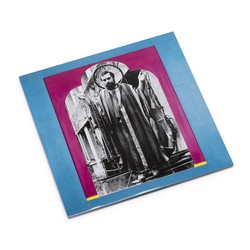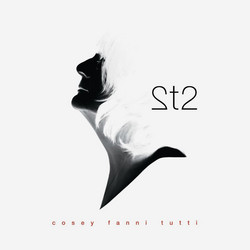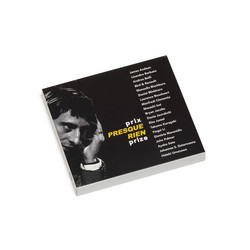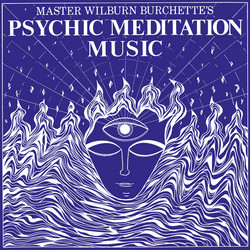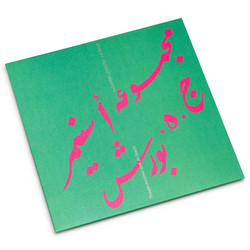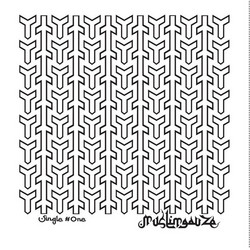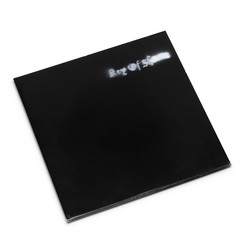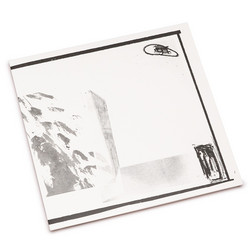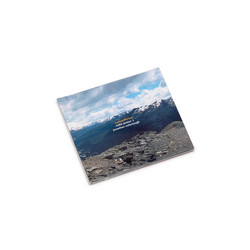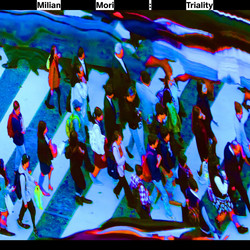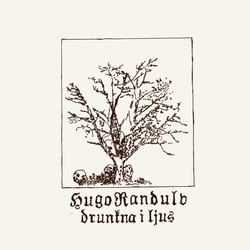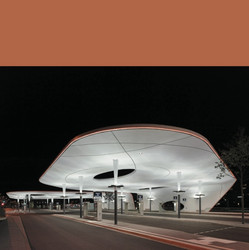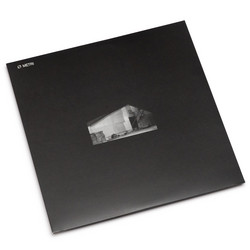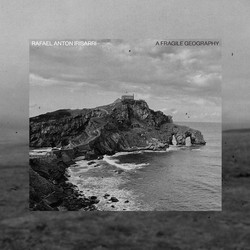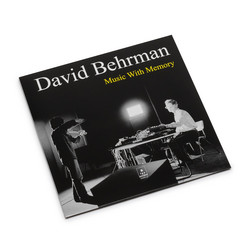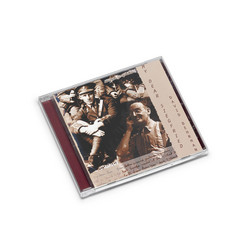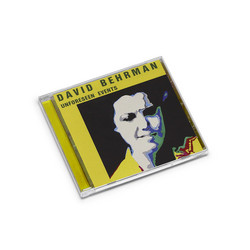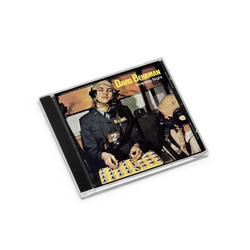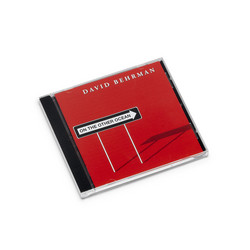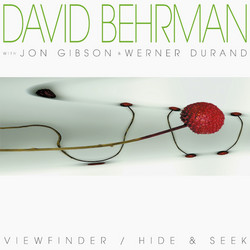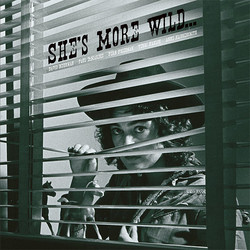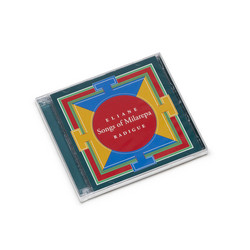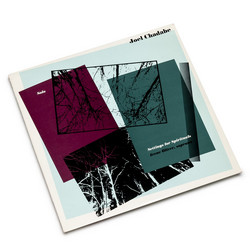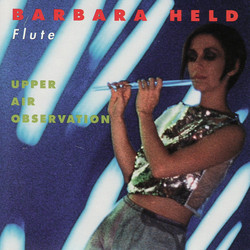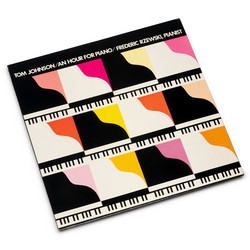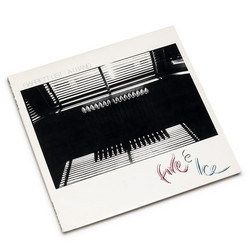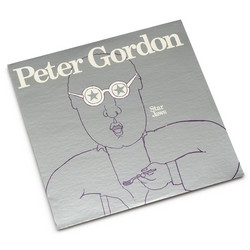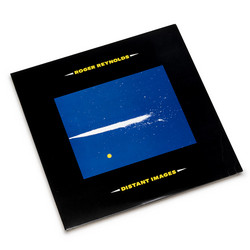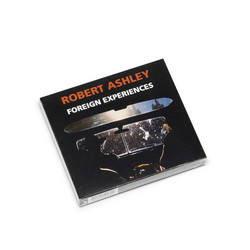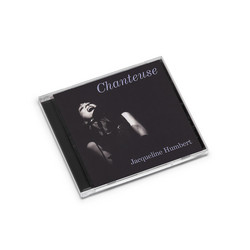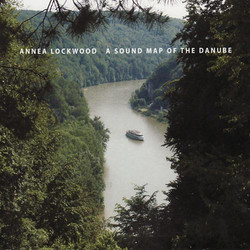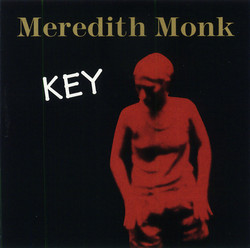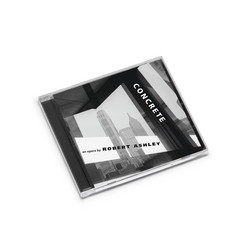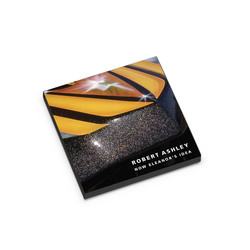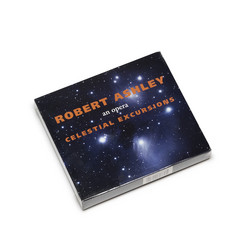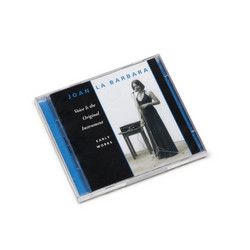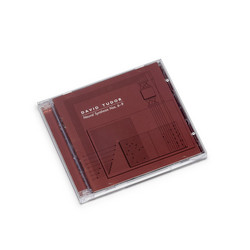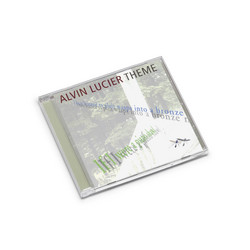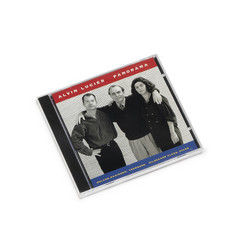David Behrman
On the Other Ocean (LP)
** condition: NM/EX- (light spine discoloration + 3" top seam split) ** This absolute pearl from David Behrman, an important and beautiful artifact of interactive computer music recorded in 1977 and featuring a primitive microcomputer manipulating and evolving improvised acoustic parts for flute, bassoon and cello. It was conceived and recorded in parallel to the arrival of the first home computers, and is one of the earliest, most subtle and satisfying examples of machine language interacting with acoustic instrumentation you would ever hear.
“On the Other Ocean” is an improvisation by Maggi Payne and Arthur Stidfole centered around six pitches which, when they are played, activate electronic pitch-sensing circuits connected to the ‘interrupt’ line and input ports of a microcomputer, Kim-1. The microcomputer can sense the order and timing in which the six pitches are played and can react by sending harmony-changing messages to two handmade music synthesizers. The relationship between the two musicians and the computer is an interactive one, with the computer changing the electronically-produced harmonies in response to what the musicians play, and the musicians influenced in their improvising by what the computer does. Behrman expands: "When we went into the Mills recording studio that sunny September afternoon with the breeze blowing through the Golden Gate, we had had no previous rehearsal; Maggi Payne and Arthur Stidfole had never performed together; the simple software (typed laboriously by hand in machine language into the tiny hexadecimal keypad of the "Kim 1" microcomputer) had just been completed. I had no idea what would happen. When Maggi and Arthur began spinning off their long, calm phrases I remember being surprised. And I remember catching an expression of what looked like surprise on the countenance of "Blue" Gene Tyranny through the control room window. We did two takes, chose one and that was it."
“Figure in a Clearing”, made a few months before “On the Other Ocean”, was the first piece of Behrman's to use a computer for music. For “Figure”, the Kim-1 ran a program which varied the time intervals between chord changes. The time intervals were modelled on the motion of a satellite in falling elliptical orbit about a planet. David Gibson's only ‘score’ was a list of 6 pitches to be used in performance, and a request that he not speed up when the computer-controlled rhythm did. The timbral richness and concentrated eloquence of his playing sprang from his own sources. Behrman explains: "It seemed astounding in 1977 that a translucent green circuit board with a tiny brain on it could take a million instructions per second from its little memory and send commands to another device (the home-made music synthesizer) whenever its program asked it to do so. The timbral richness and concentrated eloquence of his playing sprang from his own sources.”

